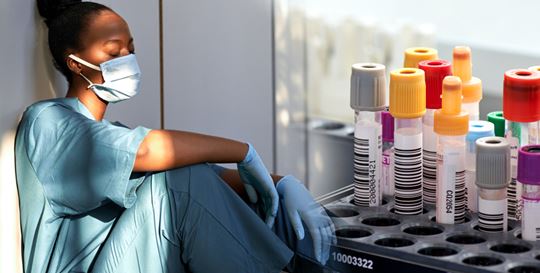With staffing shortages, increased testing volumes and the need to improve turnaround time—labs are faced with the challenge of reducing errors. This has been an especially pertinent task during the COVID-19 pandemic, as impacted labs struggle to keep up with the daily demands of COVID testing.
Laboratory testing is widely relied upon when it comes to making a diagnosis. Estimates find that 70% of all healthcare decisions affecting diagnosis or treatment involve laboratory testing.1 When critical lab results are the basis of clinical decisions, reducing errors when it comes to the pre- and post-analytical phase of lab testing is of paramount importance.
Most lab errors occur outside of the analytical phase, and there is evidence that the pre- and post-analytical processes are more vulnerable to errors.2,3 In fact, pre-analytical errors account for up to 70% of all mistakes made in laboratory diagnostics.4
Data also suggests that 24-30% of laboratory errors influence patient care, while actual or potential patient harm occurs in 3-12% of cases.5,6,7
Laboratory errors not only impact patient care, but are also costly. According to research, on average, a laboratory in the U.S. can expect to incur approximately $180,000 per year in costs related to pre- and post- analytical phases—including errors in labeling, incorrect samples and insufficient sample volumes.8.9
Automation is key when it comes to minimizing time-consuming errors and is a necessity for any lab striving to meet the ever-evolving demands of today.
Automation takes over important tasks from over-worked personnel and standardizes processes by minimizing substantial differences that can arise from person-to-person in the lab.
Automating pre- and post-analytical phases of routine laboratory testing also enables technologists to focus their time on analytics and reporting.
In addition, automation helps mitigate bottlenecks that occur during sample preparation by processing samples quicker and more efficiently with less variation than humans.
These are just some of the benefits of using automation to reduce errors. Read more about the automation advantage in the latest MLO article, Minimizing Laboratory Errors with Automation.
Interested in bringing automation to your laboratory? We believe in automation for all. Visit our automation page to view our full suite of automation solutions.

 English
English





